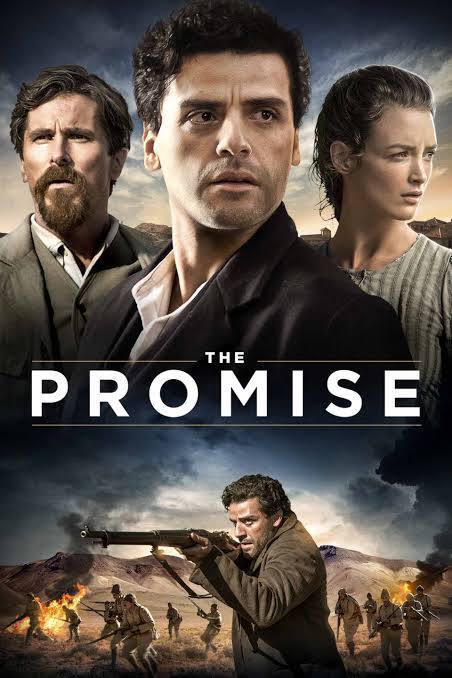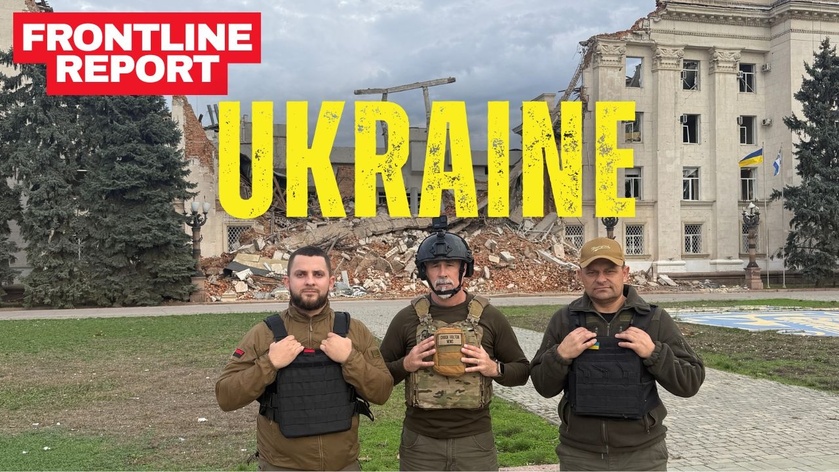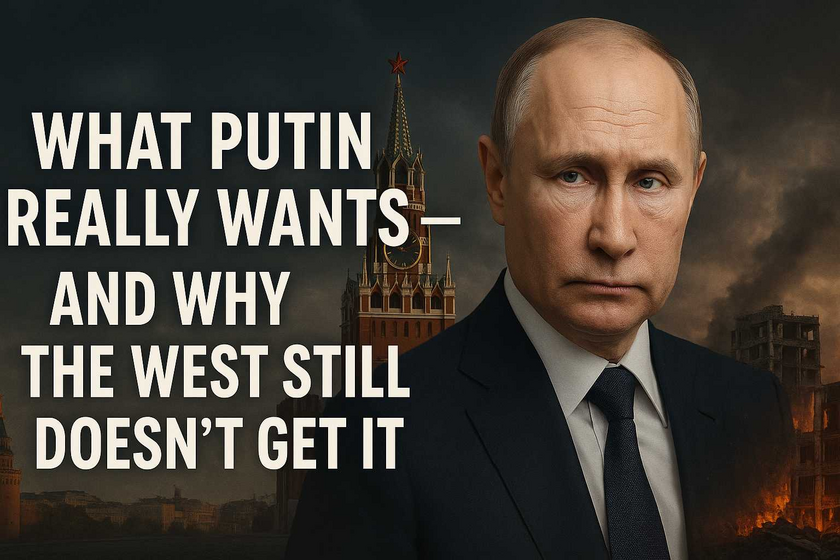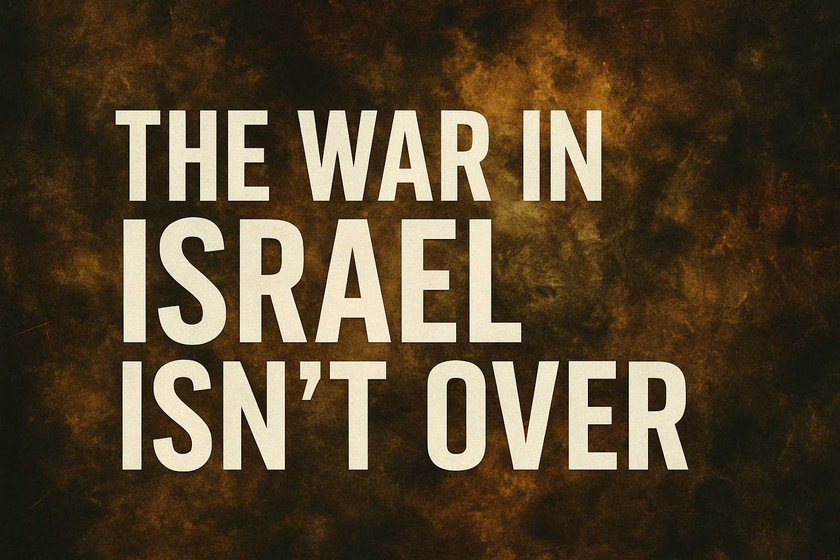Armenia is a land where history runs deep—etched into mountains, monasteries, and memory. Whether you are drawn to the haunting testimonies of the Armenian Genocide, the sweeping narratives of classic Armenian novels, or modern reflections on diaspora and identity, books offer one of the richest pathways into understanding Armenia. In this post, we’ll explore some of the most powerful and essential works—histories, memoirs, fiction, and travelogues—that illuminate the Armenian experience for readers around the world.
The Crossing Place: A Journey Among The Armenians by Philip Marsden
Philip Marsden’s The Crossing Place: A Journey Among the Armenians (1994 Somerset Maugham Award) is a vivid travel narrative written as the Soviet Union collapsed and Armenia faced war and hardship. As a young Englishman, Marsden journeyed through Eastern Europe and the Middle East to reach Armenia, encountering scattered Armenian communities along the way. Rather than centering on Mount Ararat or solely on the Genocide, he explored how Armenians endured exile, preserved identity, and carried a legacy of resilience. With crisp, lyrical prose, Marsden captures both landscapes and people, portraying Armenians as not just a footnote to history but a subtext—restless, tough, and bound together across borders.
The Forty Days of Musa Dagh by Franz Werfel
Franz Werfel’s The Forty Days of Musa Dagh (1933) remains the most famous literary work on the Armenian Genocide. Based on the true story of villages that resisted Ottoman deportation orders in 1915 and survived until rescued by the French Navy, the novel became an international bestseller, translated into many languages and later adapted into film and opera. Banned by the Nazis and denounced by Turkey, it nonetheless inspired Jews under Nazi occupation and was embraced by Armenians worldwide. More than a historical novel, Werfel’s epic portrays courage, endurance, and the moral urgency of confronting atrocity, cementing its place as both literature and testimony.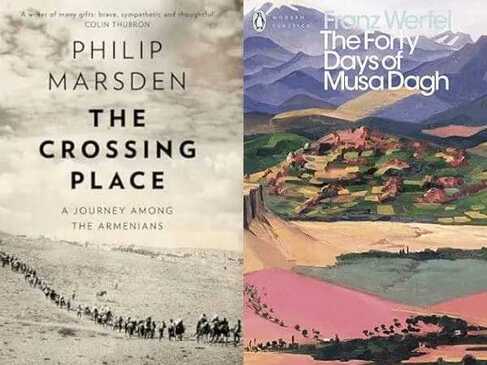
An Armenian Sketchbook by Vasily Grossman
Vasily Grossman’s An Armenian Sketchbook is a short, intimate account of the two months he spent in Armenia after the Soviet regime “arrested” his masterpiece Life and Fate. Initially taking on the trip for work and money, Grossman found himself captivated by Armenia’s mountains, ancient churches, and people. Written with warmth and spontaneity, the book feels like a candid conversation with the author, blending travel impressions with personal reflection. More than a travelogue, it’s a self-portrait of a writer searching for meaning amid exile and change, offering readers a wonderfully human glimpse into both Armenia and Grossman himself.
4. The Burning Tigris by Peter Balakian
Peter Balakian’s The Burning Tigris is a national bestseller that offers a powerful narrative of the late 19th-century massacres of Armenians and the 1915 Armenian Genocide. Drawing on rare archival documents and eyewitness testimony, Balakian exposes how the Ottoman Turks carried out the first modern genocide under the cover of World War I. At the same time, he uncovers a forgotten chapter of American history, when ordinary citizens and leaders rallied to aid Armenian survivors, making this both a chilling history and a story of humanitarian response.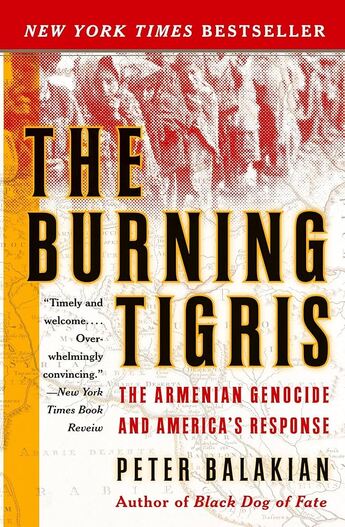
5. The Story of the Last Thought by Edgar Hilsenrath
Edgar Hilsenrath’s The Story of the Last Thought tells the tragic tale of an Armenian village destroyed during the 1915 Genocide, framed as the dying vision of Thovma Khatisian. Guided by the storyteller Meddah, Thovma’s final thought becomes a journey through his family’s history and the suffering of his people. Mixing historical fact with the style of an oriental fairy tale, Hilsenrath blends myth, memory, and meticulously researched detail. The result is both a cruel yet compassionate novel—one that mourns loss while affirming hope, and speaks to the plight of all genocide victims.

6. Passage to Ararat by Michael J. Arlen
Michael J. Arlen’s Passage to Ararat (winner of the National Book Award in 1976) is both a personal and historical exploration of Armenian identity. Seeking to understand what his famous Anglo-Armenian father had tried to forget, Arlen travels into Armenia’s past and present, confronting the legacy of genocide, exile, and survival. What emerges is a narrative as sweeping as a people’s history yet as intimate as a father–son relationship, blending cultural discovery with the painful and affirming truths of kinship and belonging.
If you like watching movies, here are some recommendations.
Lost and Found in Armenia (2013)

Bill (Jamie Kennedy) is forced to take a vacation in Turkey after a bad breakup and a parasailing accident leave him stranded in a small Armenian village. He meets a young woman (Angela Sarafyan) there who helps him escape from his misfortunes.
2. The Pomise (2016)
The film tells the story of Michael (Oscar Isaac), a young Armenian who dreams of studying medicine. When he travels to Constantinople to study, he meets Armenian Ana (Charlotte Le Bon) and falls in love with her, although she dates the American photographer Chris (Christian Bale), sent to Turkey to record the first genocide of the 20th century when the Turks exterminated the Armenian minority. A love triangle settles amidst the horrors of war.
3. Amerikatsi (2022)
Armenian-American repatriate Charlie Bakhchinyan is arrested for the absurd crime of wearing a tie in Soviet Armenia. Alone in solitary confinement, he soon discovers that he can see inside of an apartment building near the prison from his cell window. By watching the native Armenian couple living in the apartment, day in and day out, Charlie soon discovers everything he returned to Armenia for.
Amerikatsi is about hope and the art of survival in the worst of conditions.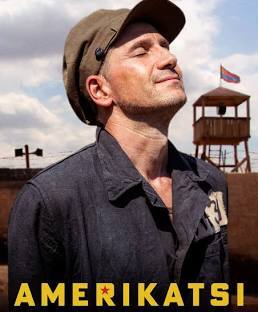
4. Between Borders (2024)
The incredible true story of an Armenian family forced to flee their home during the collapse of the Soviet Union, and embark on a journey to find a community to call their own.


